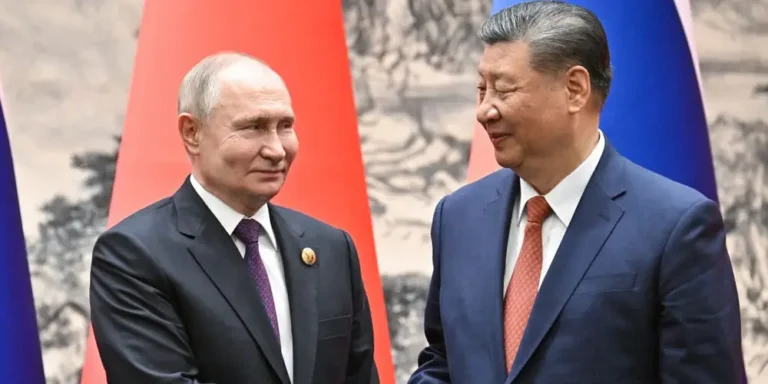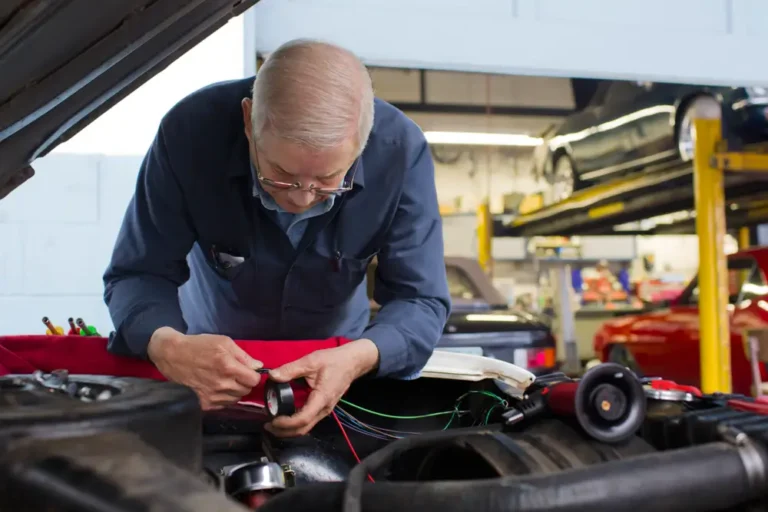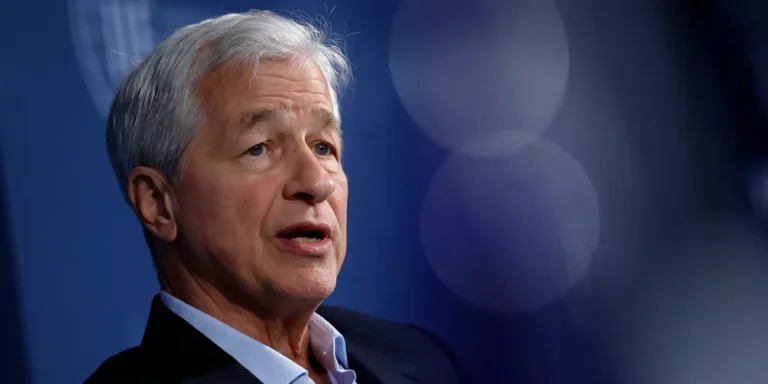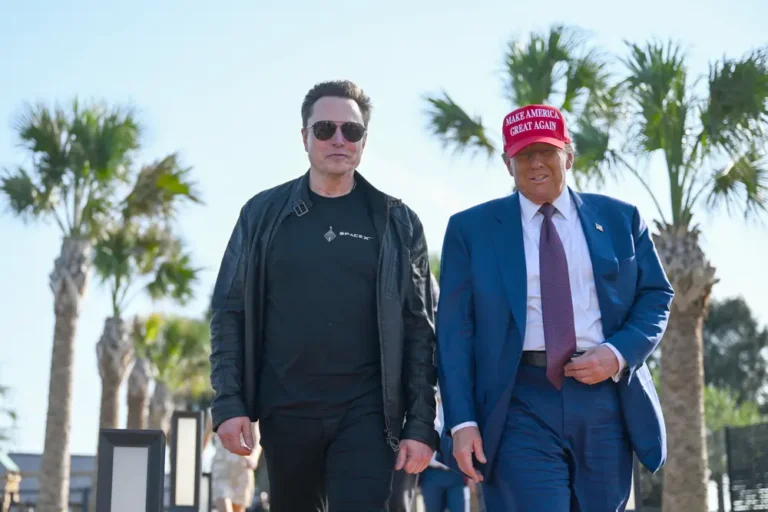2 steps China still needs to take to avoid a ‘quagmire’ of deflation, Yale economist says
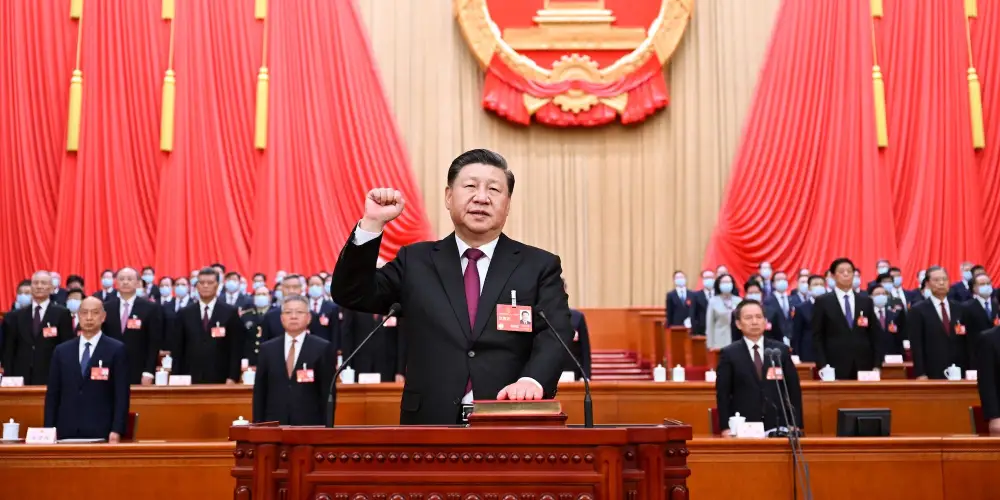
Xi Jinping makes a public pledge of allegiance to the Constitution at the Great Hall of the People in Beijing on March 10, 2023.
Although Chinese markets have gotten a major boost from Beijing’s recent stimulus efforts, the nation has met just one of three necessary steps, says Yale economist Stephen Roach.
The two missing pieces are fiscal support and structural reform, Roach wrote in a new op-ed for the Financial Times. If China doesn’t address them, its economic struggles will persist.
“China is at risk of falling into a Japanese-like quagmire characterized by stagnation and deflation as a result of the bursting of a major debt-fueled asset bubble,” he wrote.
In Japan’s case, sliding asset prices in the 1980s immobilized growth momentum and sent the country into a three-decade deflationary spiral.
According to Roach, China’s projected GDP rate of 4% over the next five years virtually mirrors Tokyo’s situation 30 years ago.
But Beijing could escape this fate if it adopts the lessons learned by Japan, he said: “Powerful fiscal and monetary stimuli were necessary to provide Japan with escape velocity while structural reforms were vital for an enduring recovery.”
Of the “three arrow” strategy, Beijing has just delivered on the first part. Last week’s stimulus package — including liquidity injections, mortgage rate easing, and large cuts to interest rates and the reserve requirement ratio — was an impressive monetary boost, Roach said.
China now needs to do the same with fiscal stimulus.
Though the country’s leadership indicated a readiness to financially support its consumers during the Communist Party’s Politburo meeting last week, Roach noted that few specifics were given.
Yet, floundering consumer confidence in the country is central to most Chinese economic problems, analysts have said.
Beijing needs to spend on people to revive domestic demand; without it, the country is already wading through deflation, while its massive property market is overwhelmed with unsold housing and large debt piles.
Yet, Roach explained Beijing’s hesitancy to spend more as a reflection of its bad experiences with debt. The country’s debt-to-GDP ratio is nearly three times as high as it was last decade, likely discouraging Beijing:
“Like Japan in the 1990s, Beijing remains wary of deploying a fiscal bazooka as it did in 2009-10, given mounting public-sector indebtedness,” he said.
But even if China boosts spending in key sectors, it will also need to implement long-term structural adjustments.
This is the most challenging point of change, Roach said, as the nation is surrounded by issues: demographics, productivity, and underconsumption.
For instance, Beijing has yet to initiate ample social safety reforms, such as improved retirement and healthcare policies. If these were offered, Chinese consumers would be less inclined to save.
This year, Nobel economist Paul Krugman similarly compared China’s economy to Japan, warning that Beijing would fail to evade this worst-case scenario. Part of the problem was China’s leadership standing in the way of an efficient economy, he said.
To emphasize the point, Krugman cited China’s tech crackdown; though Beijing has eased its scrutiny of the sector, it still needs to do more to bring back business confidence.
“Actions in support of the private sector are more rhetorical than substantiative in rolling back regulatory and political constraints that have been in place since mid-2001,” Roach agreed.

